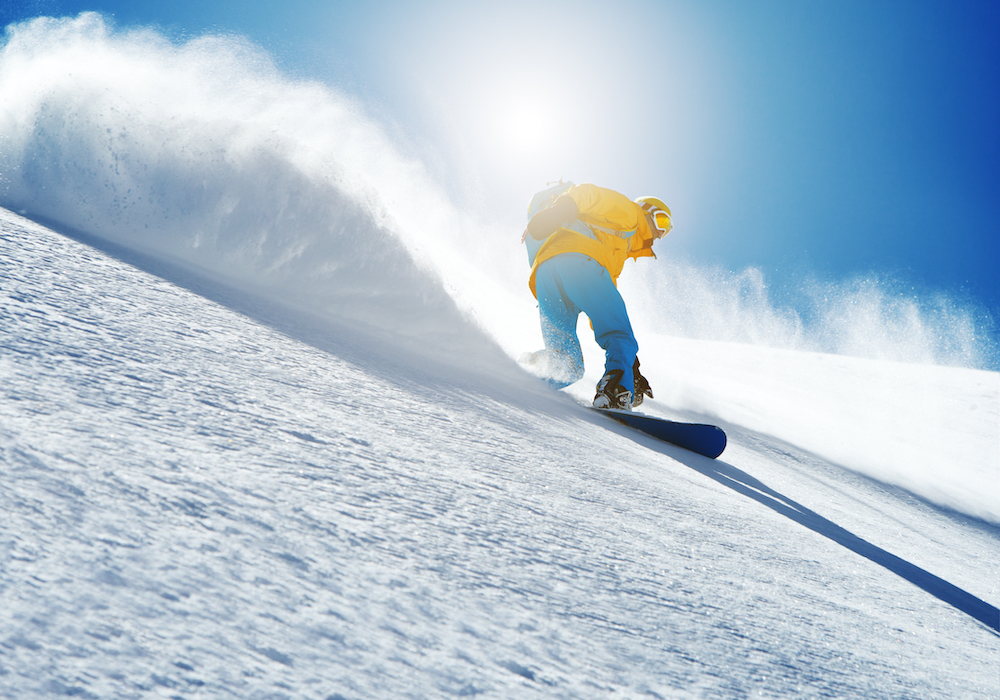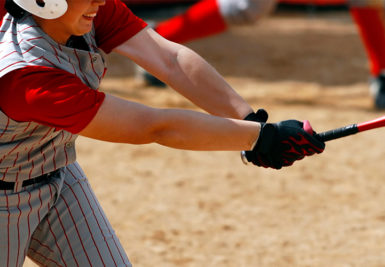This is part of the ultimate guide to sports medicine
Snowboarding, once known as snurfing, is a recreational activity and Winter Olympic and Paralympic sport.
Created in the 1960s, the sport has evolved over time and there are more than 10 different snowboarding styles. The sport even was once banned from resorts in the 1980s because it was deemed too dangerous.
Dr. Michael Thieken, OrthoIndy sports medicine physician, discusses the most common snowboarding injuries and how to prevent them.
Make an appointment with a sports medicine physician
Does skiing or snowboarding have more injuries?
Injuries can happen with any sport. However, snowboarding is considered an extreme sport, increasing the risk of injury.
Many orthopedic injuries can happen while snowboarding such as broken wrists, elbow injuries, knee injuries, concussions and more.
Snowboarding results in a greater number of injuries, but the actual impact of skiing injuries can be far worse. Beginners often experience more injuries because they are learning how to properly snowboard.
What are the risks of snowboarding?
The sport of snowboarding comes with many risks. Learn more about the most common snowboarding injuries below.
- Snowboarding sprains: Oftentimes snowboarders will sprain their ankles or wrists after falling off their board and landing awkwardly.
- Snowboarding fractures: Wrist fractures are common after a snowboarder lands and puts all their weight on the bone, causing it to break.
- Snowboarding dislocations: Shoulder dislocations commonly occur from a fall on an outstretched hand or twisting fall.
- Snowboarding contusions: Falling on firm snow or icy patches can cause your body to bruise deep within the tissue or even the bone.
- Snowboarding knee injuries: Knee injuries are common for snowboarders due to the impact of landing after jumps or falling while twisting.
“Although ankle sprains are more common than fractures, there is a specific fracture of the talus (the bone above the heel) called a ‘snowboarder’s fracture.’ This almost always occurs in snowboarders and is often misdiagnosed as an ankle sprain,” said Dr. Michael Thieken.
What causes common snowboarding injuries?
- Fatigue
- Snowboarding at a higher skill level
- Improper equipment
- Dehydration
- Lack of experience
Download our ultimate guide to sports medicine
How to prevent snowboarding injuries
1. Make sure you have proper snowboarding equipment that fits you correctly. Wear a helmet to protect your head if you fall. “Firmer boots can decrease the risk of ankle injuries but may lead to a higher risk of knee injuries,” said Dr. Thieken.
2. Stay hydrated and make sure you maintain a proper fitness level, so your muscles don’t become fatigued, which is when an injury is most likely to occur.
3. Snowboard on the appropriate hill that correlates with your skill level. Take lessons so you can practice the proper snowboarding technique. “Do not attempt jumps or tricks beyond your skill level,” said Dr. Thieken.
4. Be cognizant of the type of snow you are snowboarding on. Different locations have different snow types, some icier than others.
5. Be aware of your surroundings and make sure you can hear those around you. Do not snowboard with headphones in. “Collisions with other snowboarders or skiers often result in more serious injuries if you cannot hear your surroundings,” said Dr. Thieken.
Schedule an appointment
Your well-being is important to us. Click the button below or call us to schedule an appointment with one of our orthopedic specialists. If your injury or condition is recent, you can walk right into one of our OrthoIndy Urgent Care locations for immediate care. For rehabilitation and physical therapy, no referral is needed to see one of our physical therapists.





